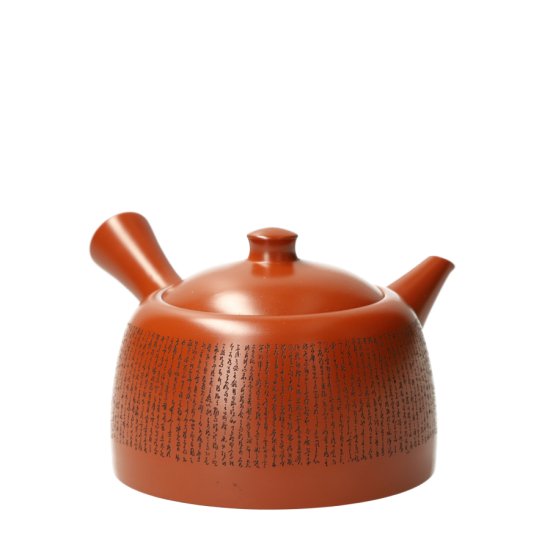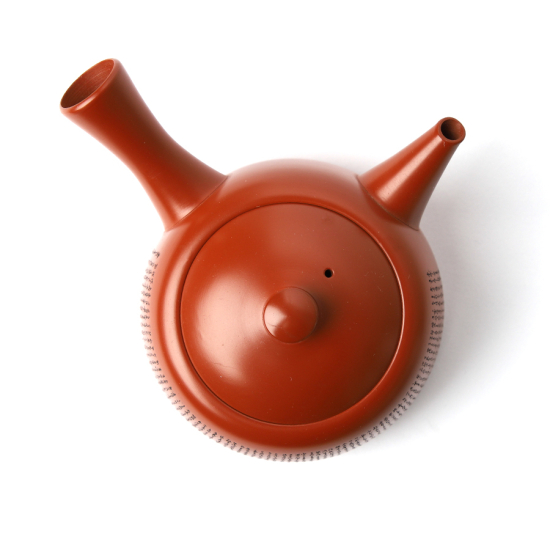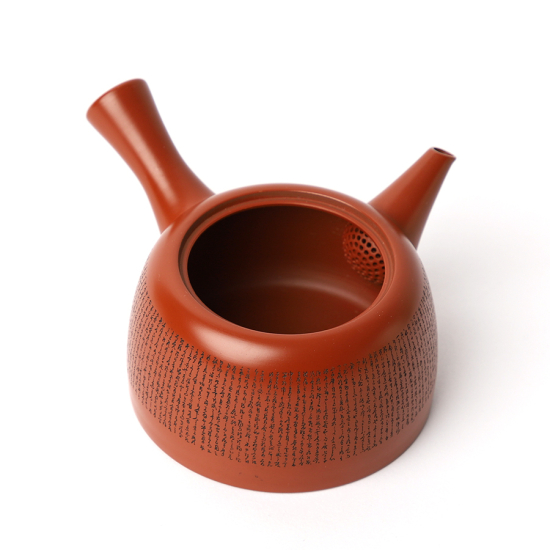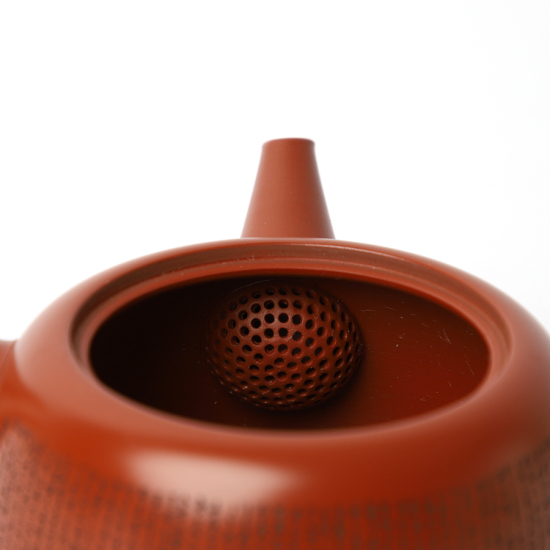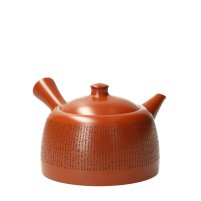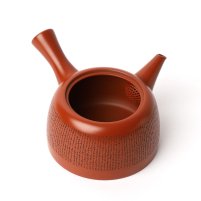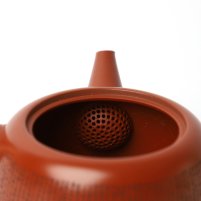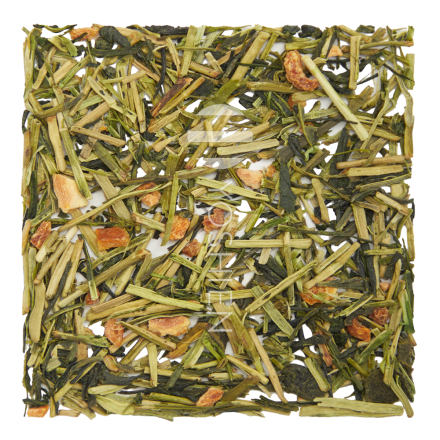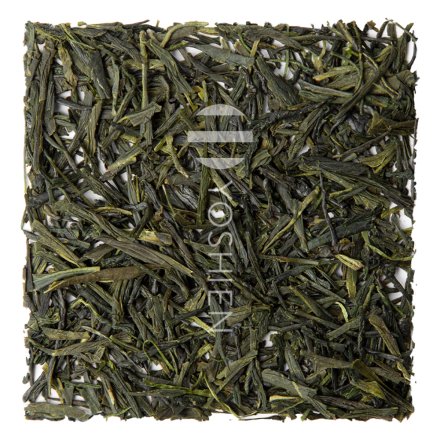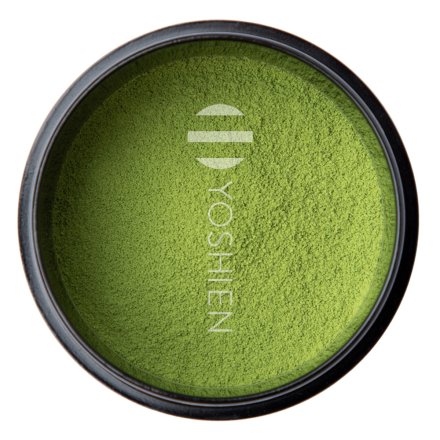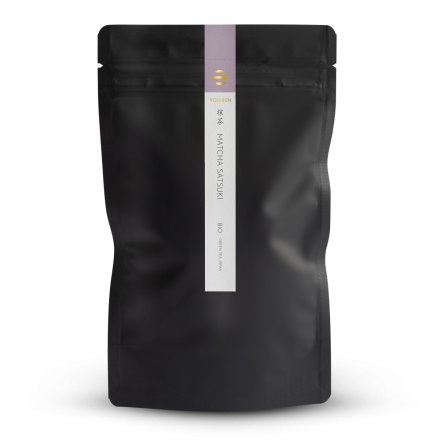A kyusu is a traditional Japanese teapot used for the preparation of Japanese green tea. Fired from natural clay and unglazed on the inside, the body reacts with the tea and water to bring out certain aromas while subduing others. With the tea allowed to steep free-floating in the pot and the leaves lying across the integrated strainer when pouring to prevent them from entering the cup, the kyusu allows for a more complete extraction of flavours and ingredients. The tea should always be brewed fresh, but several infusions are customary. The side handle and the knob on the lid allow for safe handling of the teapot despite the high temperature of its contents.
Throughout history, there have been hundreds of ceramic centres in Japan, located wherever the volcanic soil was rich in clay. Some are still active today, including the Six Ancient Kilns (Jap.: Rokkoyo) Bizen, Shigaraki, Seto, Echizen, Tamba and Tokoname, others such as Karatsu, Hagi, Mino, Shino, Oribe, Setoguro Ki-Seto and Kyo-yaki, as well as Banko in Yokkaichi, which specialises in tea ceramics in particular.
Kyusu differ according to the composition of the clay, which varies from region to region, the firing method, the handmade production steps taken, the decoration and glazing techniques as well as the overall quality, which can range from delicate to deliberately coarse. The clay as well as chosen firing technique determine the character of the kyusu, i.e. which types of flavours are lifted or subdued. Therefore, tea lovers often have different kyusu of different qualities at home in order to optimally prepare all their favourite teas. Among the finest and most valuable kyusu are those made by artists famous for their special talents in manufacturing, decoration and unique natural clay production as well as for their perfected firing techniques.
Led by the most highly awarded masters, the hierarchy of craftsmanship includes studios that still draw on the reputation of past masters, young and wild studios and family-run micro-enterprises which produce the bulk of everyday ceramics. Vintage kyusu are important collector's items made entirely from now exhausted deposits of the highest quality natural clay of the respective region, achieving tea infusions of an incomparable calibre.



